
$84.99
![]() >
Blogs
>
Cannabis >
Is Marijuana High in THC?
>
Blogs
>
Cannabis >
Is Marijuana High in THC?
THE STATEMENTS ON THIS BLOG ARE NOT INTENDED TO DIAGNOSE, TREAT, CURE, OR PREVENT ANY DISEASE. THE FOOD AND DRUG ADMINISTRATION HAS NOT EVALUATED ANY STATEMENTS CONTAINED WITHIN THE BLOG. ATLRX DOES NOT IN ANY WAY GUARANTEE OR WARRANT THE ACCURACY, COMPLETENESS, OR USEFULNESS OF ANY MESSAGE. THE INFORMATION CONTAINED WITHIN THIS BLOG IS FOR GENERAL INFORMATIONAL PURPOSES ONLY.
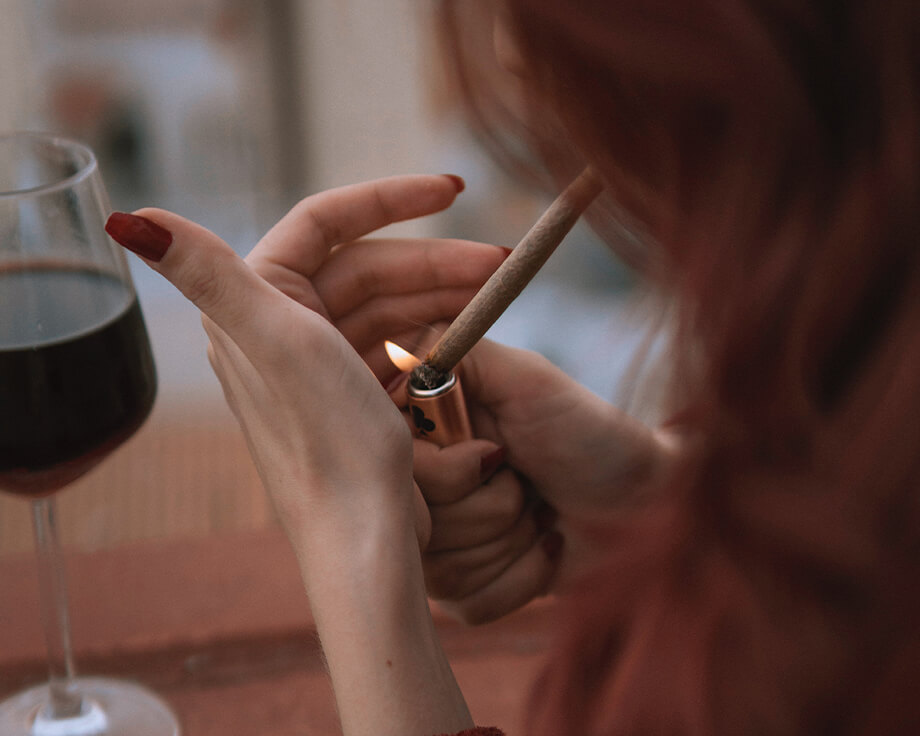
The margin of how much THC is cannabis can range anywhere from close to 0% in hemp-derived products to 90% or more in marijuana products.
Cannabis today has a lot more potency than marijuana your parents used to have.
THC potency will never be static; with today’s modern science, many factors will come into play. The levels of THC will change starting from the growth of the plant to the moment you light up.
This article explains the different types of THC found in marijuana. We will also discuss how you can calculate THC content and to what extent does THC content determine the potency of cannabis.
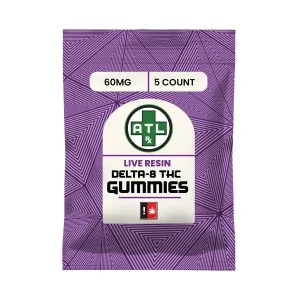
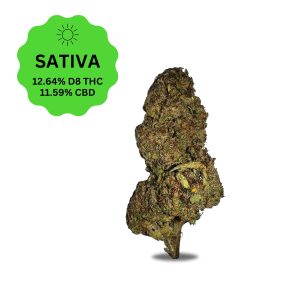
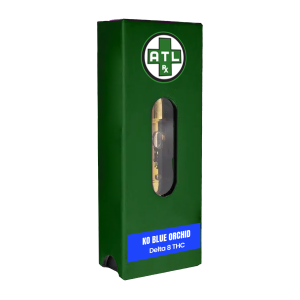
When talking about the amount of THC in cannabis, it varies substantially between products and strains. Over time, marijuana’s THC content has evolved.
The 1960s was the first time THC potency was measured accurately. The content in many strains at the time was roughly around 4-5%. These figures are potentially deflated, as testing and storage methods back then were not great at keeping the cannabis sample from degrading.
The THC content of marijuana is significantly higher than it has been since the 1960s. As more states legalize recreational and medicinal marijuana, the growers and breeders are starting to experiment with new strains and crossbreeding plants to yield the highest percentage of THC. Breeders are now competing with each other to see who can produce the most THC in their plants.
In 2018 The Drug Enforcement Administration (DEA) reported that the average THC potency in marijuana seized was around 15%. In today’s market, it is very common to see cannabis with 20% THC or more in state-legal dispensaries. There are even certain strains, like the popular Godfather OG, that yield as much as 34% THC.
When it comes to marijuana products, the range of THC increases exponentially depending on the product. There are a number of other products available to users besides the flower, such as edibles, topicals, oils, tinctures, and concentrates.
The product that will have the highest amount of THC will be the concentrates. Cannabis concentrates are made by extracting the cannabinoids and terpenes from the cannabis flower and getting rid of the excess plant material. The concentrate that is produced will contain at least 70% THC, but some products are known to have more than 90% THC available on the market.
It is important for a user to know the THC content, and this means the potency and percentage of THC are essential information when making a purchase.
In most of the states that have legalized marijuana, the products are required to be tested for THC content along with other cannabinoids and for this information to be displayed on all marijuana product labels.
Most often, this information will be under the heading “Potency Analysis,” the product label with include figures such as THC, THCA (tetrahydrocannabinolic acid), and Total THC as well as CBD, CBDA, and Total CBD. Check for these figures when you read the label of marijuana products.
Knowing the difference between the THC percentages is an essential first step toward understanding how to calculate the THC content.
Looking at the cannabis product label, you will notice that there is more THCA than THC. THCA is a non-intoxicating cannabinoid. Marijuana buds or flowers may only contain 1-2% THC, but the THCA will be more than 20%.
When THCA is heated or goes through decarboxylations, it produces and activates the THC. This process also happens naturally over time. This is one of the reasons why using raw cannabis flower will not get you high.
The most interesting metric is called “Total THC” this is the amount of THC present by weight after decarboxylation since this is largely what determines potency.
As you read the cannabis product label, you might notice that the total THC value is less than that of THCA. The reason this is that THC is lighter than THCA. After the THC is converted, the percentage of THC is around 87.7 percent of the weight of THCA. In other words, THC is THCA with missing parts.
Another reason the “Total THC” is not simply the sum of THC and THCA is that decarboxylation is not entirely efficient. There are various factors that THC conversion depends on, like temperature, exposure time, and the heating instrument used ( open flame, torch, or vaporize, for example). Some THCA molecules will not convert to THC, while exposure to too much heat will convert THC to CBN.
For you to determine the exact THC conversion efficiency is very difficult. Most marijuana testing labs estimate that roughly 75% of THCA will convert to THC, but that is considered the upper limit.
This means that in order to calculate the THC content, you must first weigh the difference between THC and THCA and consider the THC conversion process before adding the amount of THC already present in the cannabis product.
The equation should look like this:
(0.75 x 0.877 x %THCA) + %THC = Usable and active THC content
Let’s say, for example; you have a cannabis product with 20% THCA and 1 % THC; this is what the equation would look like:
(0.75 x 0.877 x %20THCA) + %1THC =14.155% Usable and active THC content
While this seems a bit complicated, or you just hate doing math, this method is one of the most accurate ways to calculate active THC content in cannabis flowers. So whip out your calculator the next time you read a label!
The short-hand name for Delta 9 Tetrahydrocannabinol is often referred to as just THC or D9 THC, but THC is not the only compound in cannabis. There are multiple structural forms that are known as analogs. While Delta 9 is the most popular and abundant THC analog in cannabis, all the analogs share a similarity to each other.
You can Delta 9 THC or THC the prom queen as it is the most popular of all cannabinoids. In recent years THC or marijuana has become legal for states that allow it for recreational and medicinal use. Although it is still considered federally illegal.
Delta 9 has a unique double bond structure on its molecular chain that plays a role in its potential effects. For Delta 9’s molecular structure, the double bond is on the 9th carbon atom, and it binds to the CB1 receptor in the body’s endocannabinoid system or ECS. D9 THC also has a 5-term side alkyl chain, a series of five carbon atoms that amplify the compound’s potential effects on the body.
Delta 9 THC can be used to make many products. Not only does Delta 9 THC come from marijuana, but it can also be extracted from hemp plants. For example, at ATLRx we have the best quality hemp-derived Delta 9 gummies.
Related Article: Delta 9 THC: A Comprehensive Guide
The second most abundant version of THC in cannabis is Tetrahydrocannabivarin better known as THCV. Even though its the second most abundant form of THC, it is one of the least well-known.
THCV is produced as a byproduct of THCA’s decarboxylation. It is different from Delta 9 in having a 3-term side alkyl chain instead of a 5-term one.This means that THCV does not bind as strongly as D9 to the body’s CB1 receptors, so the potential effects it produces are less pronounced. THCV at high doses is comparable to Delta 9.
You can find THCV products like Delta 8 THCv isolate and THCV gummies at our website on ATLRx.
Related Article: What Is THCV?
Tetrahydrocannabiorcol or THCC is a non-psychoactive compound that can be found present in the pollen of cannabis. In its potential effects, it is quite similar to CBD. Even though it is an analog of THC its potential effects have more of a relationship to CBD.
THCC does not bind well to the CB1 or CB2 receptors in the endocannabinoid system, but it does bind better to the vanilloid receptors (TRPA1).
Going by the delta numeric pattern you will see that Delta 8’s double bond is on the eighth carbon atom.
Delta 8 THC or D8 THC is probably the second most popular analog of THC. Ever since legislation for the 2018 Farm Bill was approved for hemp usage with less than .3% of Delta 9 THC, Delta 8 products have exploded onto the market. Delta 8 is considered federally legal but in some states where Delta 9 THC is allowed, those states usually ban or restrict the sales and usage of Delta 8. But if you live in a state that allows the sale and use of Delta 8, ATLRx is the place for you to buy products like Delta 8 flower.
Related Article: What Is Delta 8 THC?
Delta 10 THC or D10 is another analog of THC that can be found in trace amounts in cannabis plants. The process of producing Delta 10 is usually from hemp-derived CBD. Delta 10 is not easy to manufacture because it must be refined extensively. As you can tell by the delta numeric pattern, D10’s double bond with no surprise is located on the tenth carbon atom.
Delta 10’s legal status will be the same as Delta 8’s, as it is federally legal but certain states have bans and restrictions on it.
You can find quality Delta 10 products at ATLRx. We carry premium Delta 10 flowers and to save you some time we have pre-rolls as well.
Related Article: What You Need to Know About Delta 10 THC
Hexahydrocannabinol better known as HHC is a hydrogenated form of THC and it can be found naturally in various cannabis plants and hemp plants. The molecular structure of HHC is similar to Delta 9’s structure but the key difference is that HHC has additional hydrogenated carbons and THC does not. Most of the HHC on the market today comes from hemp plants. CBD is extracted from raw hemp, distilled, and isolated to powder form, and with a bit of science, it produces HHC. The full explanation of how HHC is made is frankly too complicated.
The legality of HHC is dependent on how it was made. If HHC is made from hemp plants that it is perfectly legal to use. HHC will fall under the same guidelines as Delta 8, in which it is federally legal but in certain states, it is banned or restricted.
You won’t find a better quality HHC product than you would at ATLRx. We at ATLRx make sure that your product is 100% legal and made of the highest quality.
THC-O also known as THC-O-acetate or ATHC is an analog of THC as well. This cannabinoid is not naturally found in cannabis or hemp but the extract that it comes from is a natural cannabinoid. THCO is very dangerous to manufacture as it needs to be made in a professional laboratory setting. The nickname for THCO is the “spiritual cannabinoid” due to its strong abilities it has become a rising star in the cannabis and CBD industry. The bioavailability of this cannabinoid is very high, in other words, the body can absorb it at higher levels than Delta 9.
THCO is a dynamic cannabinoid and is making a lot of noise on the market. If you are curious about THC have a look at our website, we have the best and highest quality THCO products on the market like gummies, concentrates, and flower.
Related Article: What Is THC-O?
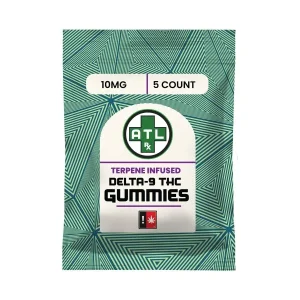
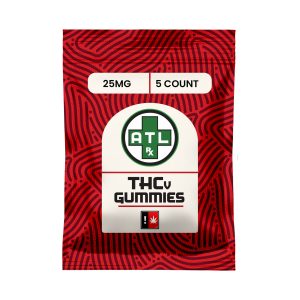
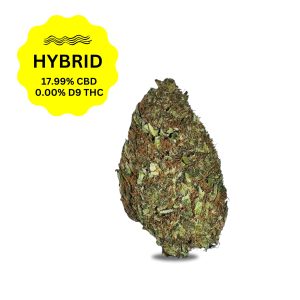
There are a variety of factors that come into play when we talk about what affects THC content.
The genetics of the cannabis plant or hemp is the first factor to consider. With the numerous amount of strains in the world and the different genotypes and phenotypes of the strain. The genotype is the blueprint of how the plant will grow and the phenotype is how the plant will react to its environmental conditions.
An important genetic characteristic that can affect THC in certain strains is the enzymes present or absent in the plant. This determines the ratio of THC to CBD.
The more THC in a particular strain the less CBD there will be, and vice versa. This is why strains are labeled at CBD-dominant, THC-dominant, or balanced.
The content of CBD and THC are related since they both come from the same cannabinoid called cannabigerol (CBG) from its acidic form CBGA. CBGA molecule can transform into either THCA (precursor to THC) or CBDA ( precursor to CBD). Which one it turns into depends on the enzyme that is present.
The genetic code of some strains has both enzymes present. Cannabis strains that have enzymes that convert CBGA to THCA will contain more THC.
The environment of how the plant is grown from seed or clone plays an important role to the THC content of the plant. Studies have shown that environmental stressors are a big factor in THC content levels.
Environmental factors include if the plant is grown indoors or outdoors, soil vs hydroponic, nutrient availability, organic or non-organic, light spectrum, pH and C02 levels, temperature, and humidity.
The more stress the plant is under the less likely it will produce high levels of THC. The stress will cause the plant to focus more on survival than production.
Once the growth cycle is over the plant will produce flowers and the THC content will continue to change accordingly to its environmental conditions. Appropriate harvesting, processing, and storage practice are essential to determine the THC content.
Now that we have an idea of how to calculate THC content and understand the factors that affect the amount of THC available. So, does THC content matter?
THC content indicates the potency, this can be perceived as larger THC content means a stronger high, but that is not necessarily the case. A person’s tolerance, mental state, personality, and many more factors along with other cannabinoids can affect the high.
Terpenes and other cannabinoids are important factors as well, to determine how potent a product is. This is known as the “entourage effect.” The entourage effect is essentially the combination of all cannabinoids and terpenes working together to produce a full effect.
In a recent study, it was found that THCP may play a significant role in THC potency, which would explain why certain strains have a much stronger effect despite having lower THC levels.
There are three factors that you must consider when you calculate how much THC is in a joint. The factors are the weight of flower that is used, the potency of the cannabis, and the amount of THC lost through combustion.
For example a joint holds one gram (1000mg) of flower with a THC content of 20%, then it contains 200 mg THC. If you were to use the whole joint that does not mean your body absorbed the full 200 mg.
In a 1990 study, it was estimated that only 20-37% of the THC in joints is inhaled. 23-30% of the THC is lost to pyrolysis (burning), while anywhere between 40-50% disappears from the burning end.
Using the earlier example of a joint containing 200 mg of THC, this would mean only 20-74 mg of THC would actually get to your lungs.
As a disclaimer, we want to state that this content is for informational purposes only. This has not been approved by the food and drug administration. It is not intended to diagnose, treat, cure, or prevent any disease or ailment or to claim any health benefits. It should not be interpreted as instruction or medical advice to displace the advice of your doctor or other medical professionals. We recommend talking to your doctor to prepare a treatment plan for any diseases or ailments.

December 11, 2025
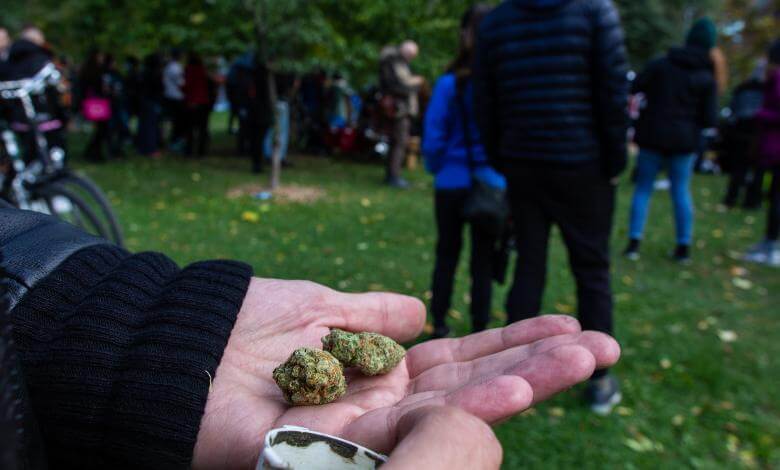
December 8, 2025
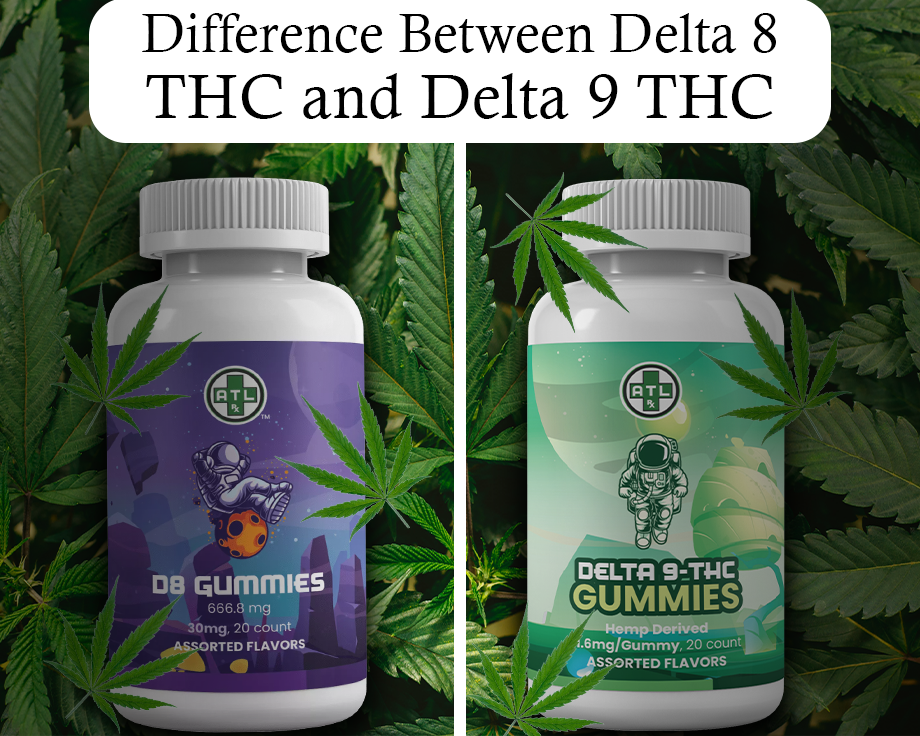
November 27, 2025

November 24, 2025
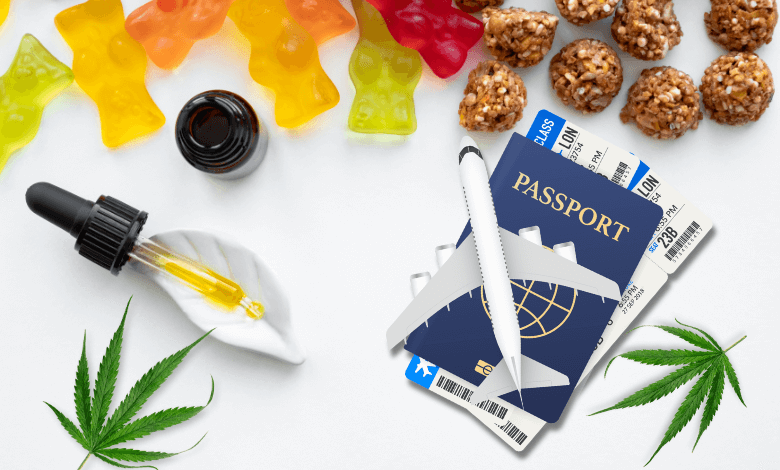
November 17, 2025
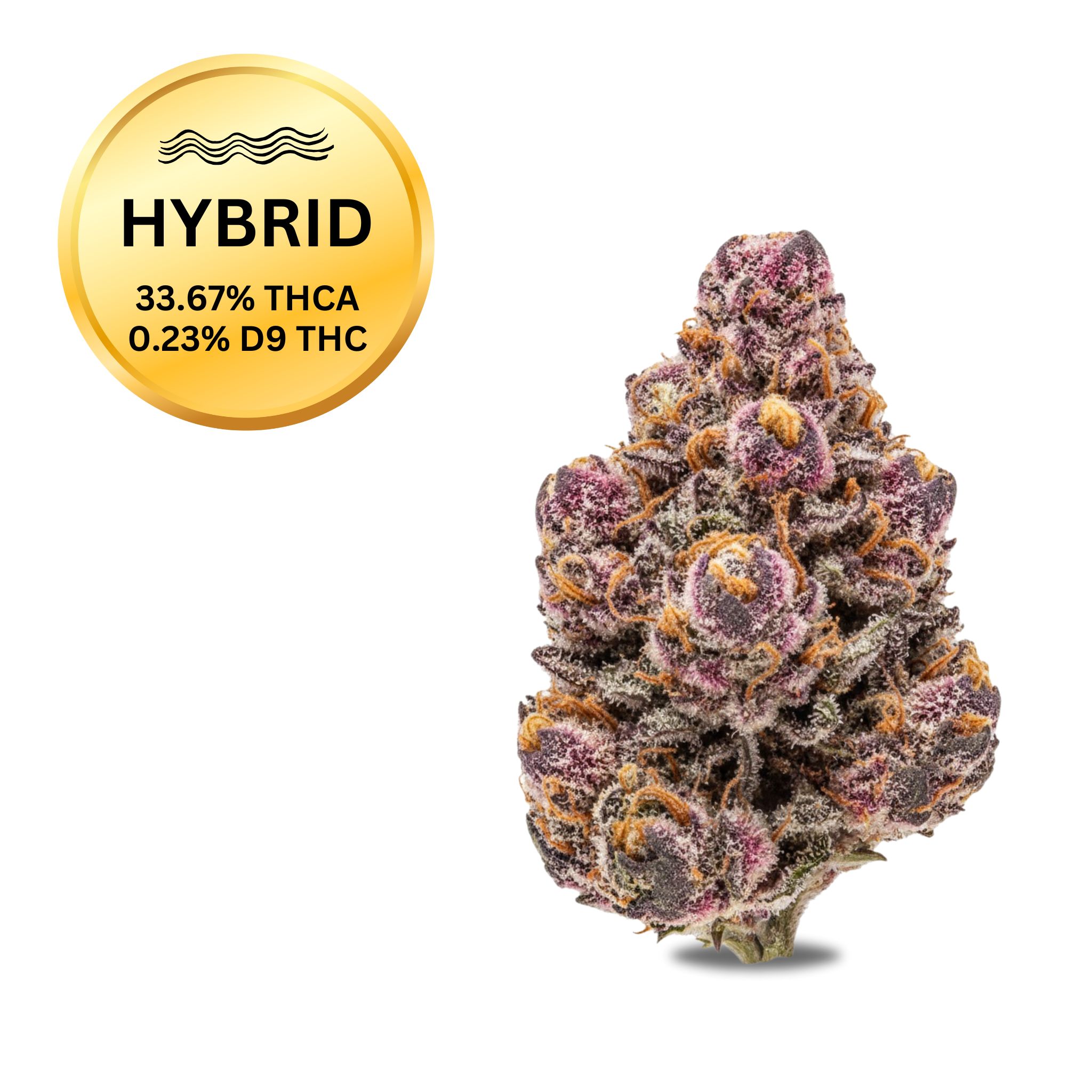
$89.99
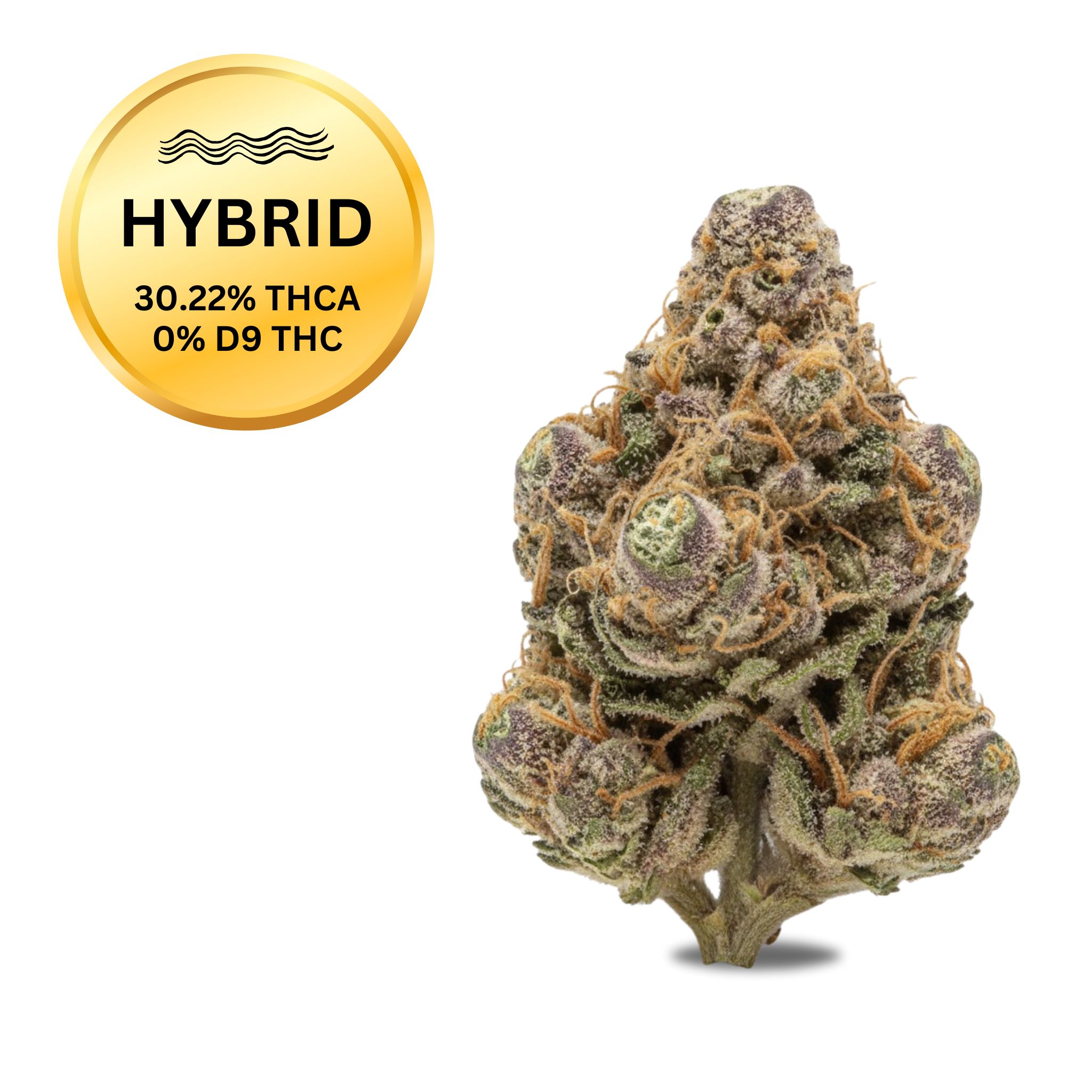
$89.99

$89.99
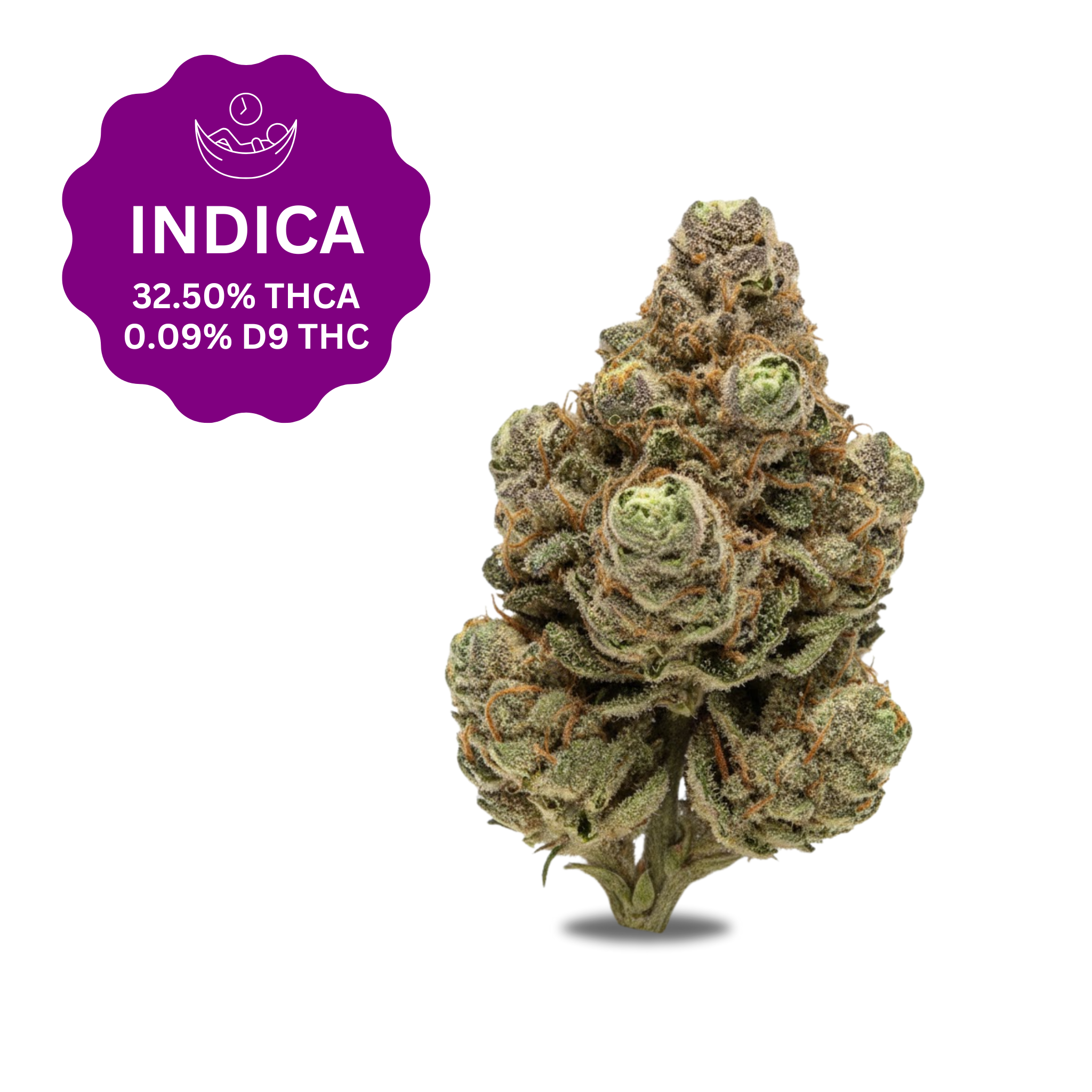
$39.99
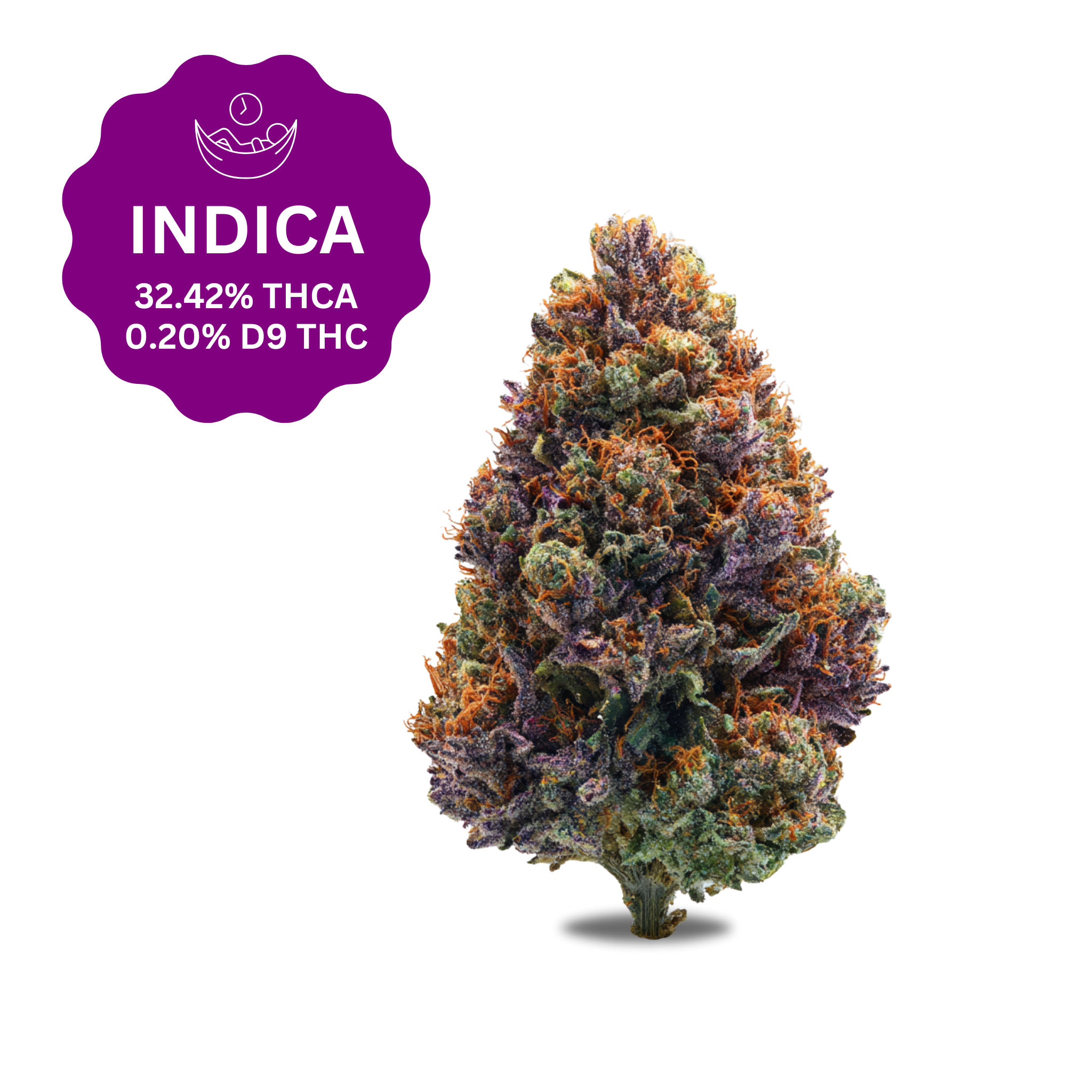
$34.99
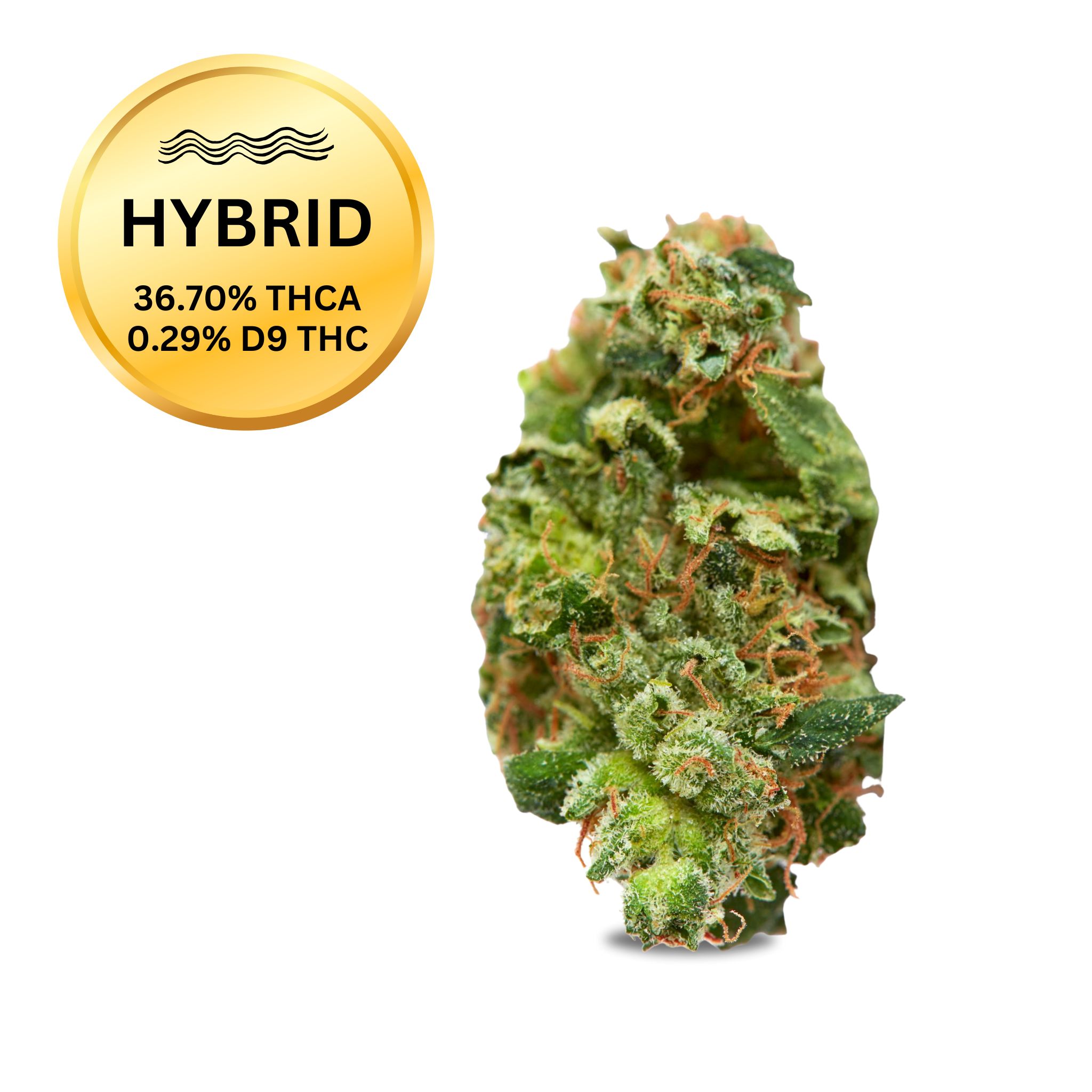
$49.99
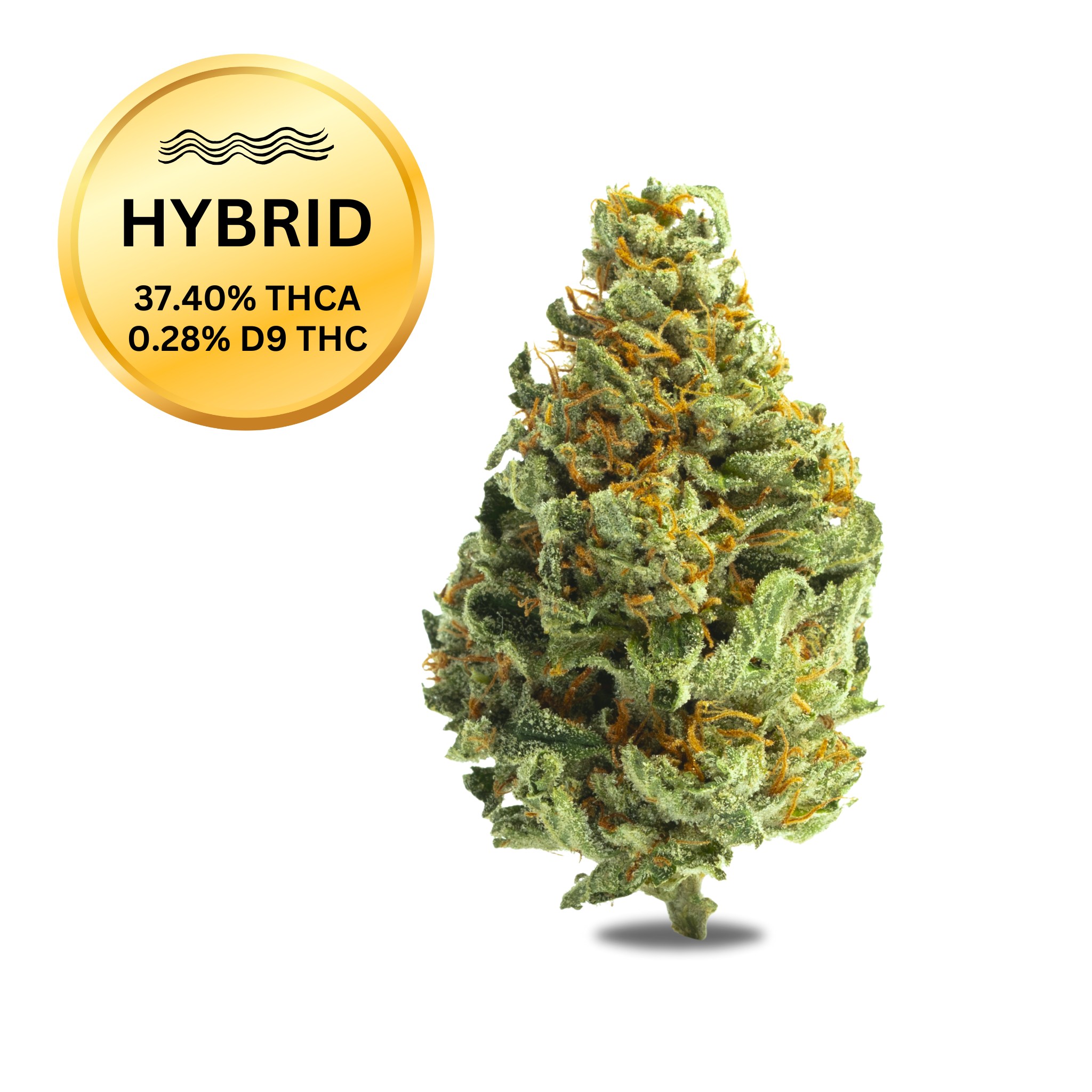
$49.99
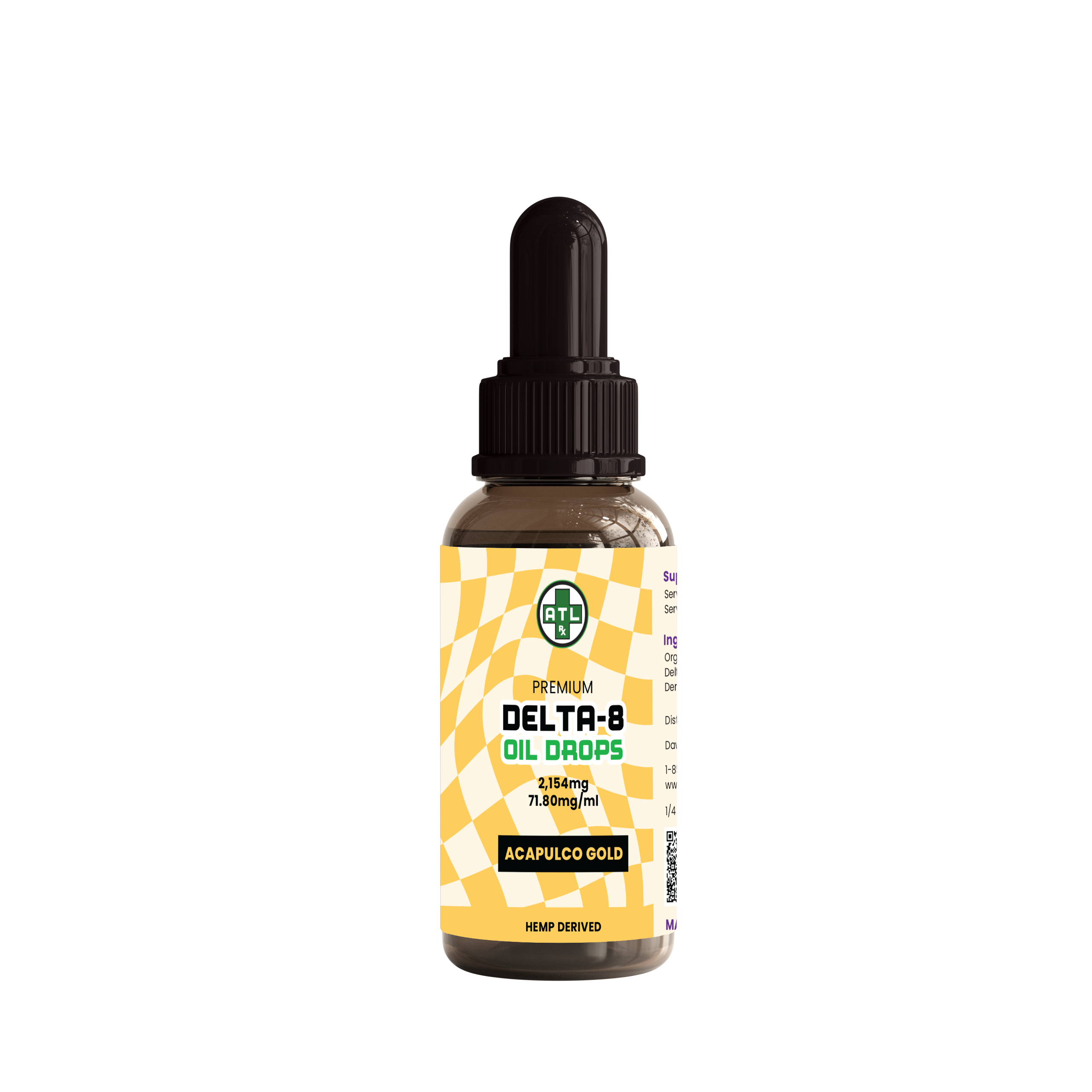
$39.99

